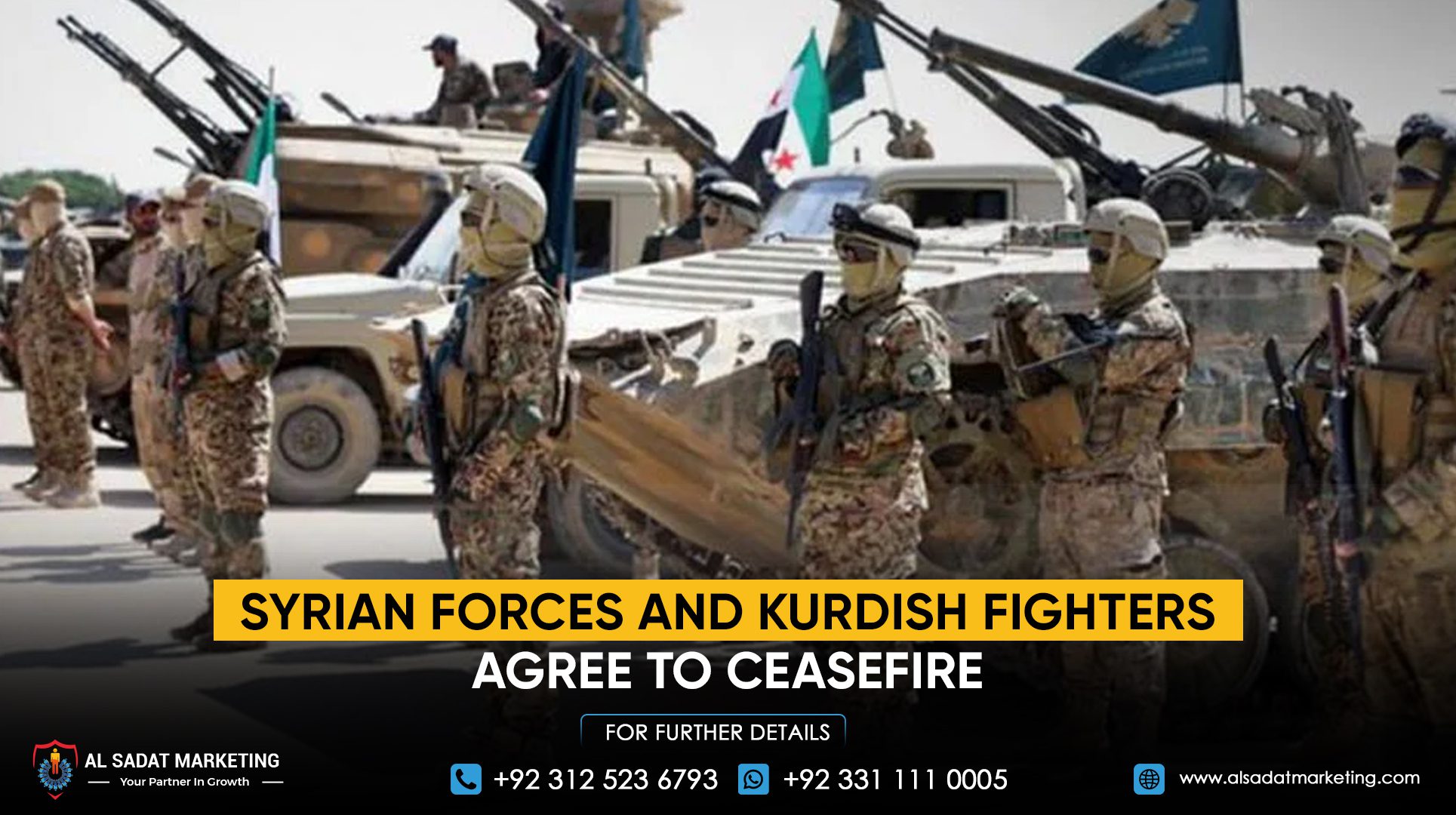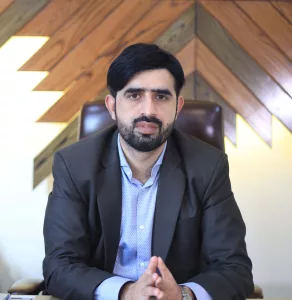Syria’s government and Kurdish-led forces agreed on a ceasefire in Aleppo after overnight clashes raised fears of renewed conflict. Defence Minister Murhaf Abu Qasra confirmed the truce on Tuesday following talks with Mazloum Abdi, commander of the Syrian Democratic Forces (SDF). He said the agreement would be applied immediately across all military positions in northern and northeastern Syria.
The violence broke out late Monday in Aleppo’s Kurdish-populated districts of Sheikh Maqsoud and Achrafieh. State media reported that SDF fighters attacked Syrian army checkpoints using mortars and heavy machine guns, hitting residential areas. Local witnesses said two security guards were killed and a woman and a child were injured. The SDF denied carrying out the attack, accusing government forces of provocation and disrupting peace efforts.
The clashes threaten to derail a fragile political deal signed in March between President Ahmed al-Sharaa and Mazloum Abdi. The agreement was designed to merge SDF fighters into the Syrian army and hand over control of border crossings, oil and gas fields, and an airport to Damascus by the end of the year. So far, progress has been slow, with both sides accusing each other of violations.
The SDF currently controls about a quarter of Syria, mostly in the northeast, while the government is trying to reestablish full authority after the fall of former President Bashar al-Assad last year. The ceasefire comes at a sensitive time, just as Syria held its first parliamentary elections since Assad’s ouster, which officials described as the start of a “new democratic phase.”
President al-Sharaa also held talks with U.S. envoy Tom Barrack to discuss the integration plan and ways to protect Syria’s sovereignty. The U.S. has been involved in supporting the political transition and encouraging cooperation between Damascus and Kurdish-led forces.
The new truce offers hope of easing tensions, but analysts warn that without real progress on the March deal, the risk of fresh clashes remains high.










